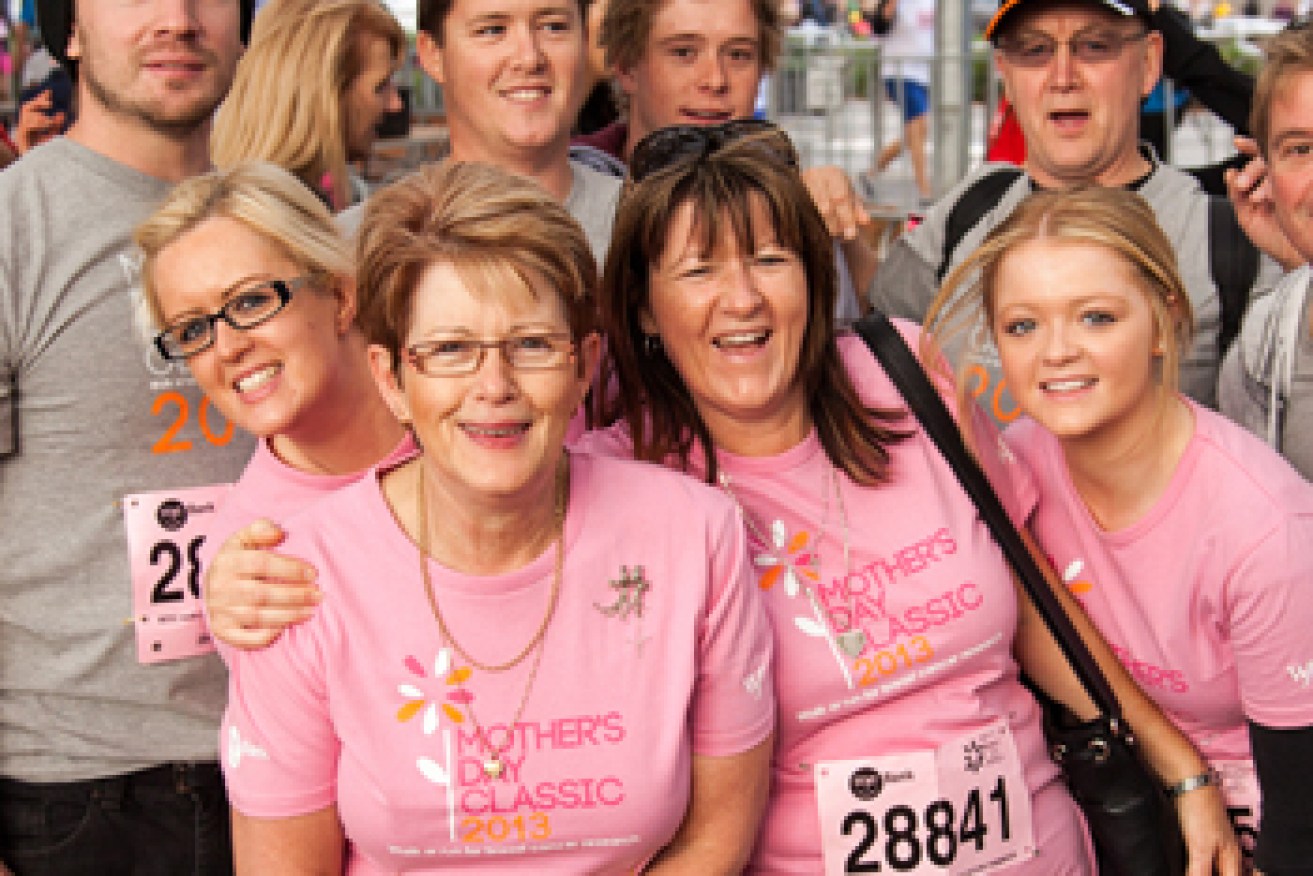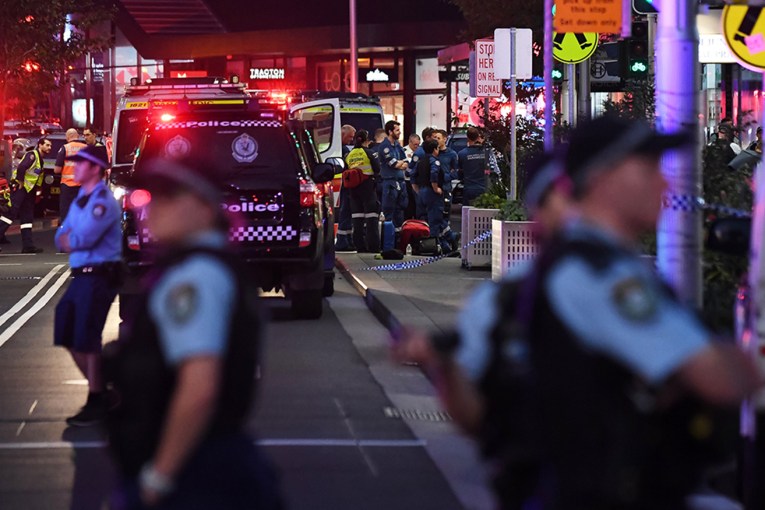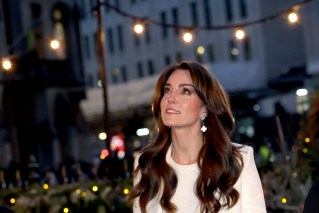The breast cancer symptoms you might not know

Self checkups can save lives with early detection. Photo: MDC
Breast cancer has touched most of our lives in some way.
Perhaps it’s not surprising, then, that breast cancer was Australia’s third-most diagnosed cancer in 2011.
Thanks to events such as the Mother’s Day Classic, the National Breast Cancer Foundation is able to fund some the world’s leading breast cancer research, and survival rates have risen from 72 per cent to 90 per cent.
• This is the best exercise for every age
As a result of these advances in research, by 2025 it is expected that there will be enough genetic information to assess people’s individual risks of breast cancer with precision, leading to tailored and more effective screening.

The Mother’s Day Classic is on Sunday May 8. Photo: MDC
Until then mammograms, self check-ups and common sense prevail.
We know mammograms start when we turn 50, but what else can we do to increase the chances of living a long and healthy life?
The New Daily spoke to National Breast Cancer Foundation leadership fellow, Professor Nehmat Houssami, to find out what we should look for.
Other than lumps, what are the symptoms?
When we speak about breast cancer detection, we often focus on lumps, and how to find them.
But according to Professor Houssami, there are a number of less-known symptoms women (and men) should be looking for.
“A change in the size or shape of the breast can indicate something is wrong,” says Professor Houssami. “But it is common to have slight differences in breast symmetry, so I’m talking about a sudden change.”
Nipple crusting, ulceration, redness or inversion can also be symptoms of breast cancer, and should be checked by your GP.
She suggested keeping an eye on the nipple area for discharge that comes out without squeezing, as well as general pain in the breast that doesn’t go away, and any redness or dimpling.
How can we detect a lump?
“There are no absolute rules about what a lump feels like,” says Professor Houssami.
“It’s simply an area that feels different to the woman’s normal breast lumpiness – it may be more distinct or harder than other areas, it may be round and may be mobile, it may be ill-defined and not mobile.”

Self check-ups can save lives with early detection. Photo: MDC
Professor Houssami emphasised that thousands of Australian women visit their GP each year in regards to breast change, and most of the time it’s not cancer.
“What matters is if a woman notices a new change in her breast, she should see her family doctor,” she said.
How can we do self check-ups?
To be able to notice a change in your breasts, you’ll need to get to know them first.
“Be aware of the normal look and feel of your breasts and report unusual breast changes to your health professional,” says Professor Houssami.
“Breast tissue is normally ‘lumpy’, and the lumpiness varies between women, so be aware of the normal feel and lumpiness of your breasts.”
But remember, it never hurts to ask your doctor.
How to cope with a diagnosis
Even with the the positive prognosis of early detection, coping with a breast cancer diagnosis is a traumatic experience.
“People often feel overwhelmed, scared, anxious and upset, these are all normal feelings,” says Professor Houssami.
“Having practical and emotional support during and after diagnosis and treatment for cancer is very important,” she says.
“Support may be available from family and friends, health professionals or special support services.”
The New Daily is a media partner of the Women in Super Mother’s Day Classic, which takes place in 100 locations around Australia on Sunday May 8, raising money for the National Breast Cancer Foundation to help fund breast cancer research.









